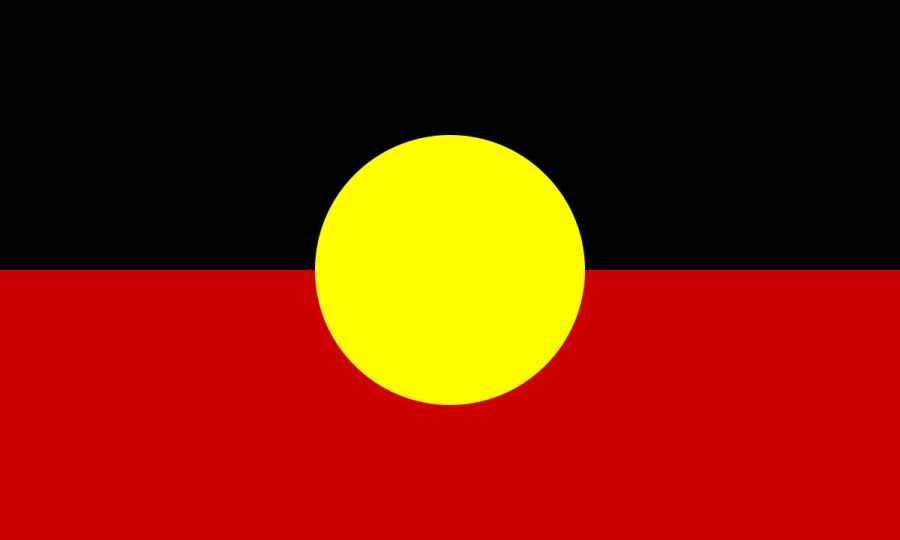By Richard I. Trudgen
Aboriginal Resource and Development
Services Inc., 2000 (Paperback)
ISBN: 0 646 39587 4
Author Richard Trudgen is a communications specialist who has spent more than 20 years consulting with, and working for, the Yolngu, the Aborigines of Australia's northeast Arnhem Land. His work on behalf of the Aboriginal Resource and Development Services (ARDS) has centered on establishing the conditions for dialogue between Aboriginal and non-Aboriginal collectives on critical issues such as health service delivery. The resulting text is vast in scope and rich in detail and its major strengths are the author's familiarity with the people and the multitude of anecdotes and case studies he draws upon to bolster his argument. Alert to the major changes in community life since the early 1990s, Trudgen sees the problem of Aboriginal disempowerment as growing, not diminishing, in spite of the advent of federal policies promoting indigenous self-determination. The development agenda in Yolngu communities is still being established by non-traditional means, or worse, by outsiders. The resultant apathy and loss of self-esteem, and the rise in anti-social behavior, threaten havoc and are reaching alarming proportions.
While a majority of Trudgen's examples concern the failings of the Western health care system for Yolngu -- the denigration of traditional healing practices and the lack of cross-cultural education of non-Aboriginal practitioners -- he also covers other programs operating in the remote settlements to the east of Darwin in Australia's frontier zone, the Northern Territory. In the community of Galiwin'ku, for example, where Trudgen has consulted widely, there are 600 school-aged children. Fewer than 150 regularly attend school. If this were a non-Aboriginal community, these statistics would trigger outrage and a government inquiry. In Darwin or Alice Springs, for instance, if one non-Aboriginal child is away from school without reason for more than a day, a truancy officer is deployed to investigate. Non-Aboriginal law requires that all children receive an education, but then so too does Aboriginal law, and this is the crux of Trudgen's argument. Aborigines reject the manner in which their culture is currently ignored by the educational system. Parents have little motivation to send their children to an alien institution staffed by aliens (or Aborigines in denial) who are teaching a core curriculum with a transparently alien focus. In contrast with earlier days when there was a bilingual (and dialect) program in operation, there is now no real connection between the school and community and no real sense that the school is an essential tool in community planning. Most Aboriginal parents do not see the present institution as functioning to engender pride in young members of a mala (clan) or instill in them the ideas, values, and skills necessary to become useful members of the Yolngu community. In Arnhem Land the situation is dire: health is poor, unemployment rife and life short. What role should the school be playing? What do the Yolngu say?
The frontier mentality of non-Aboriginal territorians in the region under scrutiny is typical of Australia's outback: one knows one has arrived in a place like Darwin when public and private discourse turns explicitly to notions of race and privilege; When the average non-Aborigine is quick to denounce racism per se or to identify a racist in his midst, but at the same time plead "I am not a racist but we have to do something about this [racial epithet] problem." Implicit throughout Trudgen's book is a critique of system-wide discrimination on the part of non-Aborigines -- the discrimination that engenders misery in remote Aboriginal settlements. But Trudgen does not directly address non-Aboriginal complicity, saying merely that cross-cultural respect and recognition and mutual understandinis at an all-time low. He sets out, in considerable detail, to show how it has come to this, and what must happen from here on in terms of service delivery.
As I read this book, I think of Missing the Revolution, anthropologist Orin Starn's powerful critique of scholars of Peru's indigenous Inca. Starn described how the intelligencia were so engrossed in ethnographic minutiae and theory-building that none were able to predict the rise of Sendero Luminoso (Shining Path) -- and the ensuing terror and political mayhem. In a similar vein, I have asked myself how so many anthropologists could be working in Australia's north-east Arnhem Land -- writing for scholarly journals, publishing well-researched monographs -- and not see that something momentous (read disastrous) is unfolding in their field sites in Yolngu settlements? So forgive the amateurish prose and awkward ethnographic presentation. Do not be concerned about the lack of references to the social sciences. Trudgen's thesis on Aboriginal survival in the 21(st) century is too important for such minor grumblings. Why Warriors Lie Down and Die is essential reading. It clarifies the new direction in cross-cultural communication being called for by Aboriginal spokespeople across Arnhem Land and offers insights for those who want a greater understanding of the issues involved in achieving true reconciliation in Australia.
Article copyright Cultural Survival, Inc.

